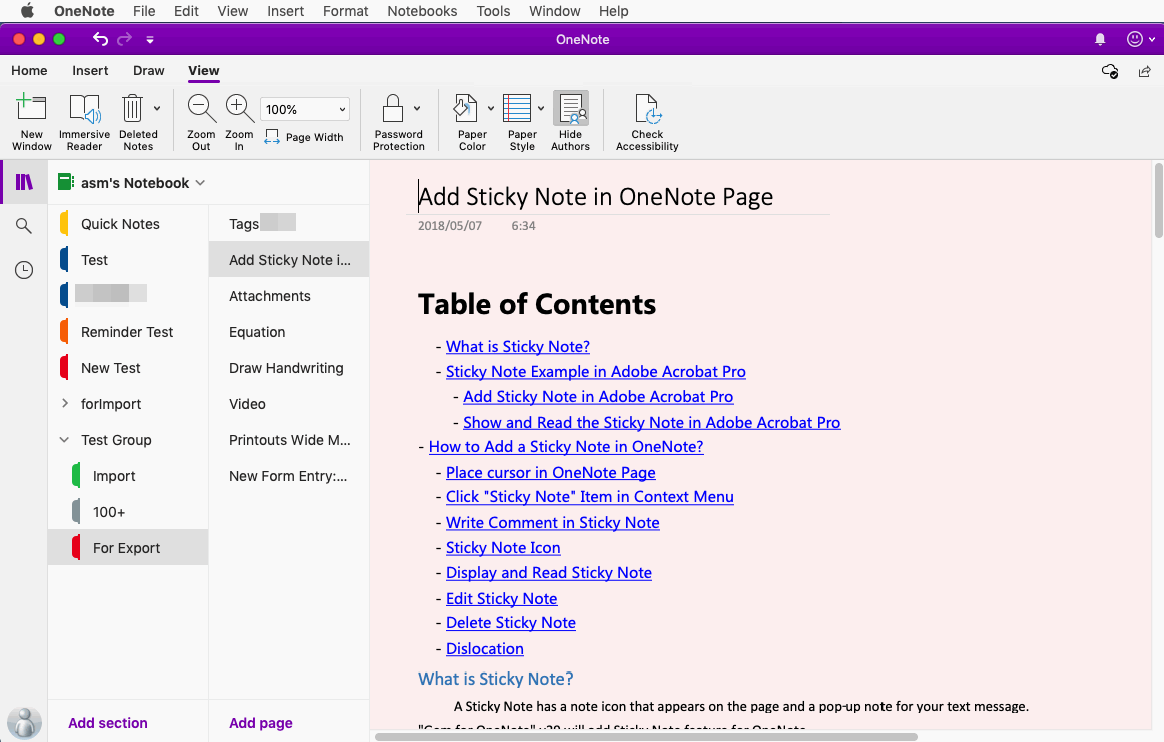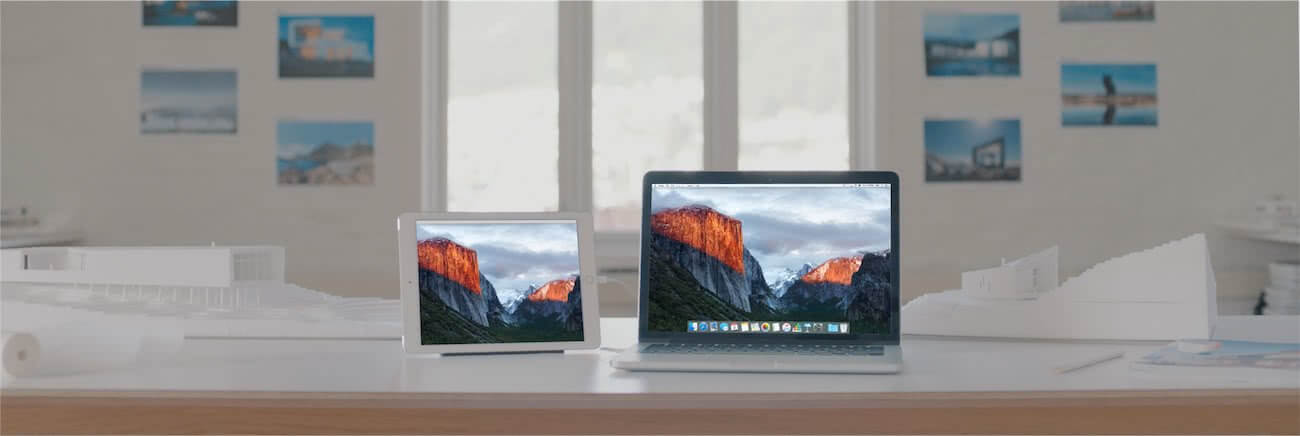

Sidplay mac export windows#
To Display a List of Set Environment Variables On Windows 1. If the variable is set, its value is displayed in the Terminal or shell window. For example, to check if NUKE_DISK_CACHE is set, enter echo $NUKE_DISK_CACHE. Replace VARIABLE with the name of the environment variable. In the Mac or Linux Environment 1.Įnter echo $VARIABLE. If the variable is set, its value is displayed in the command window. For example, to check if NUKE_DISK_CACHE is set, enter echo %NUKE_DISK_CACHE%. In the command window that opens, enter echo %VARIABLE%. Select Start > All Programs > Accessories > Command Prompt. For example, NUKE_TEMP_DIR on Windows returns:Ĭ:/Users//AppData/Local/Temp/nuke In the Windows Environment 1. In both cases, VARIABLE should be replaced by the environment variable you're interested in. To force the OS to read the nf file at startup, enter: To start nano with the correct permissions, enter: Tip:A handy command line tool for creating and editing files in the Terminal is nano. 1.Ĭreate the /etc/nf file, if it doesn't already exist, and then add the environment variable(s) and value(s) to the file using the following format:įor example, to set two environment variables, NUKE_PATH and OFX_PLUGIN_PATH, to point to alternate locations:įor a list of the environment variables that Nuke understands, see Nuke Environment Variables. Note:If you only need to set an environment variable for a single session, or you don't want to use the Mac nf file, you can also set variables using the method described in the On Linux section.Įnvironment variables set using the nf file are read both when Nuke is launched from the Nuke icon and when it’s launched from the Terminal. You may need to create the nf file if it doesn’t already exist in the /etc/ directory. On Mac, you can use the nf file to set environment variables.

Note:When editing existing system variables, or adding or deleting either user or system variables, you may need to log off and on again before your changes to environment variables take effect.

The value can be a directory path, for example. In the Variable value field, enter the value for the variable. For a list of the environment variables that Nuke understands, see Nuke Environment Variables. In the Variable name field, enter the name of the environment variable you want to set. To set environment variables for all users, you need to have administrator privileges. The Environment Variables dialog opens.Ĭlick the New button under either User variables or System variables, depending on whether you want to set the variable for the current user or all users. Right-click on My Computer and select Properties.Ĭlick the Environment Variables button.
Sidplay mac export how to#
This section teaches you how to set environment variables, check if a particular environment variable exists, and display a list of set environment variables. For example, Nuke uses the information stored in them to define where to place certain files. They can be used to influence Nuke’s behavior. To Display a List of Set Environment VariablesĮnvironment variables are named variables used to store a value, such as a specific file path.



 0 kommentar(er)
0 kommentar(er)
